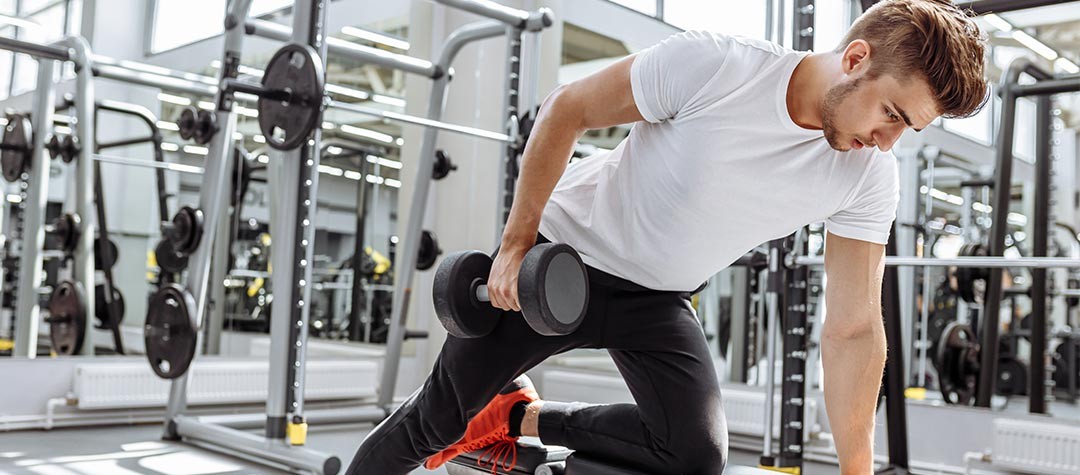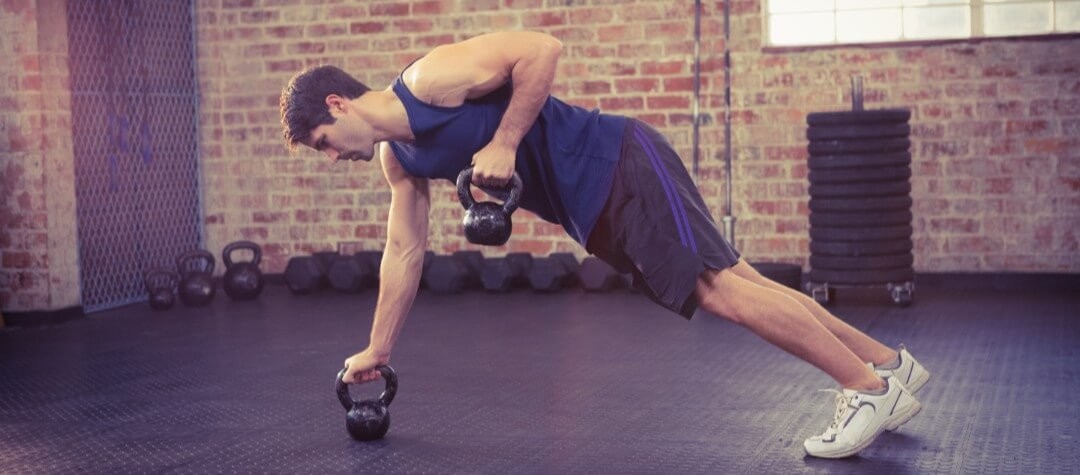If you’ve decided to tone up and get in shape, resistance training is a key component of your exercise programme. Before heading down to your nearest gym and throwing some weights around, though, there are a few precautions that you need to observe.
The key points that you should observe when carrying out resistance or weight training are as follows:
1. Focus on correct posture and exercise technique at all times
Correct technique is absolutely critical when resistance training , and will enable you to specifically target the desired muscles for maximum gains. It is common to see weight trainers risking back injury through poor posture as they try to lift weights that are too heavy. Reducing the weight will protect the back area while facilitating correct technique, and will pave the way for the desired gains.
2. Start with light weights
Initially, only lift light weights that you can handle without difficulty, so that the correct movement is completely mastered. By ensuring you can demonstrate the correct form, you will greatly reduce the chance of injury once you move onto heavier weights. Starting off with light weights will also provide you with a good warm up and progression can then take place as heavier weights are lifted.
3. Never compromise form by trying to lift a heavier weight
The gym can be a competitive and macho environment , and trying to match your training partner’s performance or simply being over-competitive can be dangerous. It can be tempting to try and squeeze extra repetitions out of an exercise by arching the back or bringing additional muscles into play instead of the ones being targeted. Avoid over-reaching and look for consistent, steady progression as you would with any other training.
4. Practice controlled breathing throughout the exercise
When lifting a weight, it can be tempting to hold your breath on the ‘effort’ phase of the exercise. However, this is contraindicated and can lead to elevated blood pressure. A suitable maxim when lifting a weight is ‘suck the bar in and blow it away’. As you lift the weights and then return them to the start position, you should follow this relaxed breathing method throughout.
5. Use free weights, dumbbells or barbells wherever possible
Gymnasiums often have a wide selection of fixed weight machines and also loose weights such as dumbbells. Fixed machines permit the exercise to be performed in only a single plane of movement, whereas using free weights will encourage the balance element of the training, working the smaller stabilising muscle groups at the same time as well as improving your coordination. Hence, with free weights, you get greater benefits in the same timescale.
6. Ensure that your conditioning programme maintains your body in balance
It is common to see gym users training their ‘mirror muscles’, which results in an unbalanced posture. However, when strength training , you should engage a variety of muscle groups. Often someone wishing to increase their upper body muscle mass will view their physique in the gymnasium mirrors and focus on training the muscles that they can see, namely their biceps, abdominals and chest. This will result in significant muscle imbalances because their program is incomplete and other muscle groups are neglected.
When a muscle develops and grows, it becomes shorter and tighter. Over-focusing on these three muscle areas will result in the postural imbalances of continually bent arms and a rounded shoulder stance. Correct training should focus on maintaining the body in complete balance rather than focusing on one or two muscle groups.
7. Recognise when you need to increase the weight
Often this is something that beginners (and more advanced weight users) struggle with the most. As a general rule, if you can comfortably complete your set of reps without breaking a sweat and finish at the same speed as when you started the reps, then you should increase the weight you are using. However, it is important to remember that this does not mean you suddenly have to double the weight you have been lifting. Instead just gradually increase the weight by a small percentage each week. That way, your training is less likely to plateau if you are gradually increasing the difficulty.
Finally, enlisting the help of a fitness professional who can assess, guide and coach you when you start weight-training is time well spent, and will make you maximise your training time and your training benefits.














